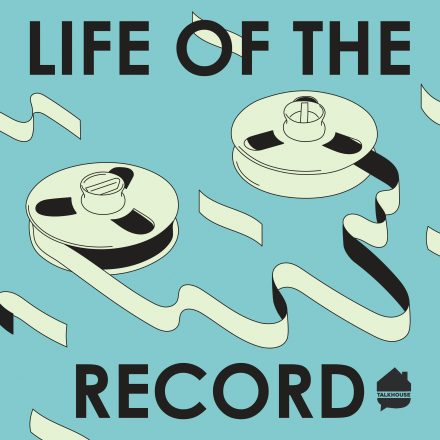For the 30th anniversary of The Cranberries’ second album, NO NEED TO ARGUE, we take a detailed look at how it was made. After forming in Limerick, Ireland in 1989, with a different lead singer named Niall Quinn, the band initially took on the name The Cranberry Saw Us. When Quinn decided to leave the band, he recommended Dolores O’Riordan as a potential replacement. O’Riordan wrote lyrics and added vocals to their demo tape and when the band heard what she brought to the songs, they immediately hired her. On the strength of their demo, they signed a contract with Island Records and began working on their debut album. At first, they started recording with a local engineer in Limerick, but couldn’t capture the sound they were looking for. They had the idea of contacting one of their favorite producers, Stephen Street, who agreed to record their debut album. EVERYBODY ELSE ID DOING IT, SO WHY CAN’T WE? was released in 1993 and failed to make waves at first, but luckily took off when MTV started playing the video for “Linger.” When the album became a hit, the band toured relentlessly and worked on new material during soundchecks. They reunited with Stephen Street to begin recording songs for their second album. NO NEED TO ARGUE was eventually released in the fall of 1994.
In this episode, Cranberries drummer Fergal Lawler describes how the band managed to get tighter as a unit during this period, while O’Riordan was gaining confidence as the frontwoman. Producer, Stephen Street, shares his memories of first working with them when they were nervous teenagers from a small town but how they were suddenly transformed by the attention the band had gotten worldwide. Street and Lawler describe the magic they were able to find working together in the studio and how Street managed to capture the band at their best. With O’Riordan’s tragic passing in 2018, Lawler and Street reflect on her incredible talent and the legacy she left behind. From the delayed success of the first album to a shared love of The Smiths to a ski accident in the middle of recording to lyrics inspired by a turning point in Dolores’s personal life to a dispute over production credits to embracing a grunge sound for “Zombie,” we’ll hear the stories of how the record came together.



